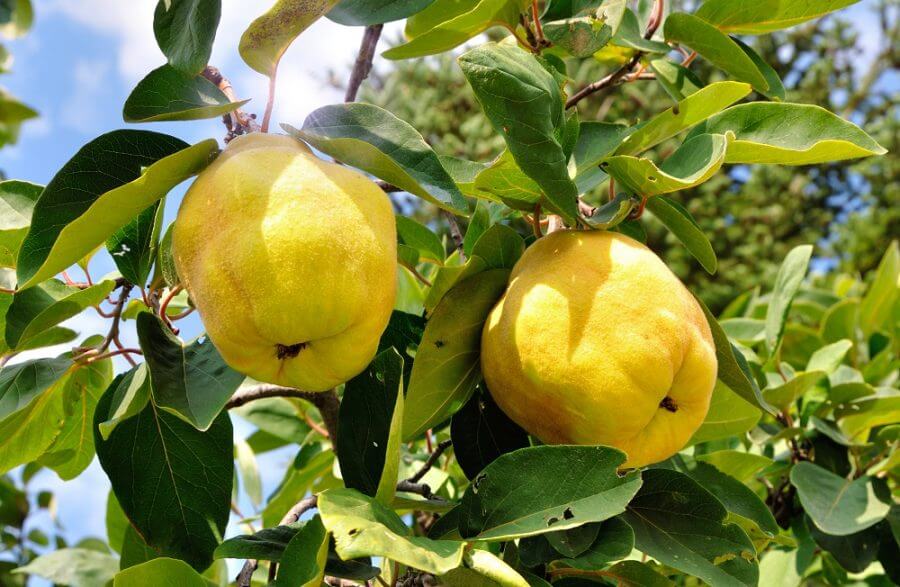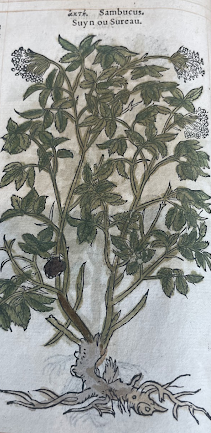Scientific Name: Cydonia oblonga belonging to the Rosaeceae family
Origin: Asia and Mediterranean
Description: Quince are small trees or shrubs with large green leaves. When they bloom, they have white or pink flowers which produce the quince fruit (Abhinav, et. al, 2024).
Historical Medicinal Use: Madame de Fouquet recommended a remedy to facilitate the birthing process which consisted of a lotion made of water lily, quince and rose oils applied to women’s legs and on the lower abdomen.
Modern Medicinal Use: Quinces contain a variety of vitamins and minerals and fiber. They are rich in antioxidants such as flavonoids which reduce metabolic stress, inflammation and many digestive issues. In addition, some research suggests that quince syrup may help relieve symptoms such as nausea during early pregnancy stages (Hill, 2019).
Abhinav, Vivek, et al. “Quince.” Encyclopædia Britannica, Encyclopædia Britannica, inc., 29 Mar. 2024, www.britannica.com/plant/quince.
Hill, Ansley. “8 Emerging Health Benefits of Quince (and How to Eat It).” Healthline, Healthline Media, 1 Oct. 2019, www.healthline.com/nutrition/what-is-quince-fruit.
De Fouquet, Marie. Recueil des remèdes faciles et domestiques, choisis et expérimentés, et très approuvés pour toutes sortes de maladies internes et externes, et difficiles à guerir. 1685.
Fuchs, Leonhart. Histoire des plantes. 1549.

